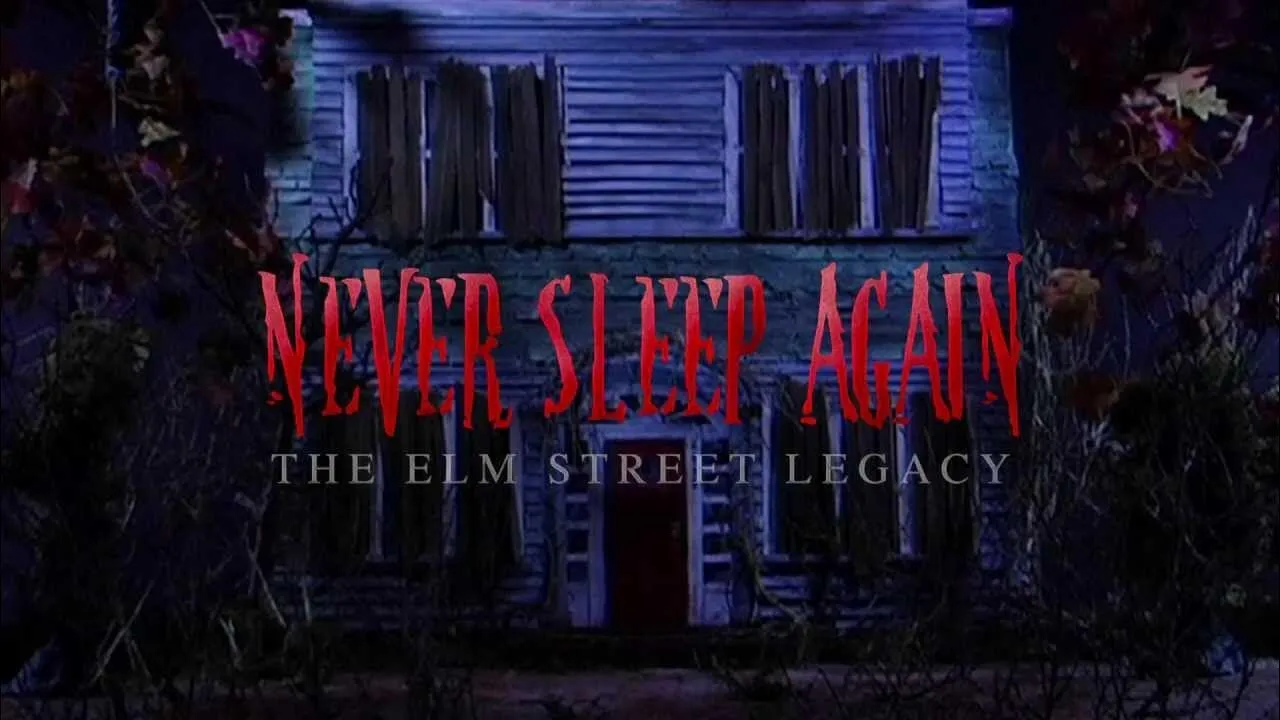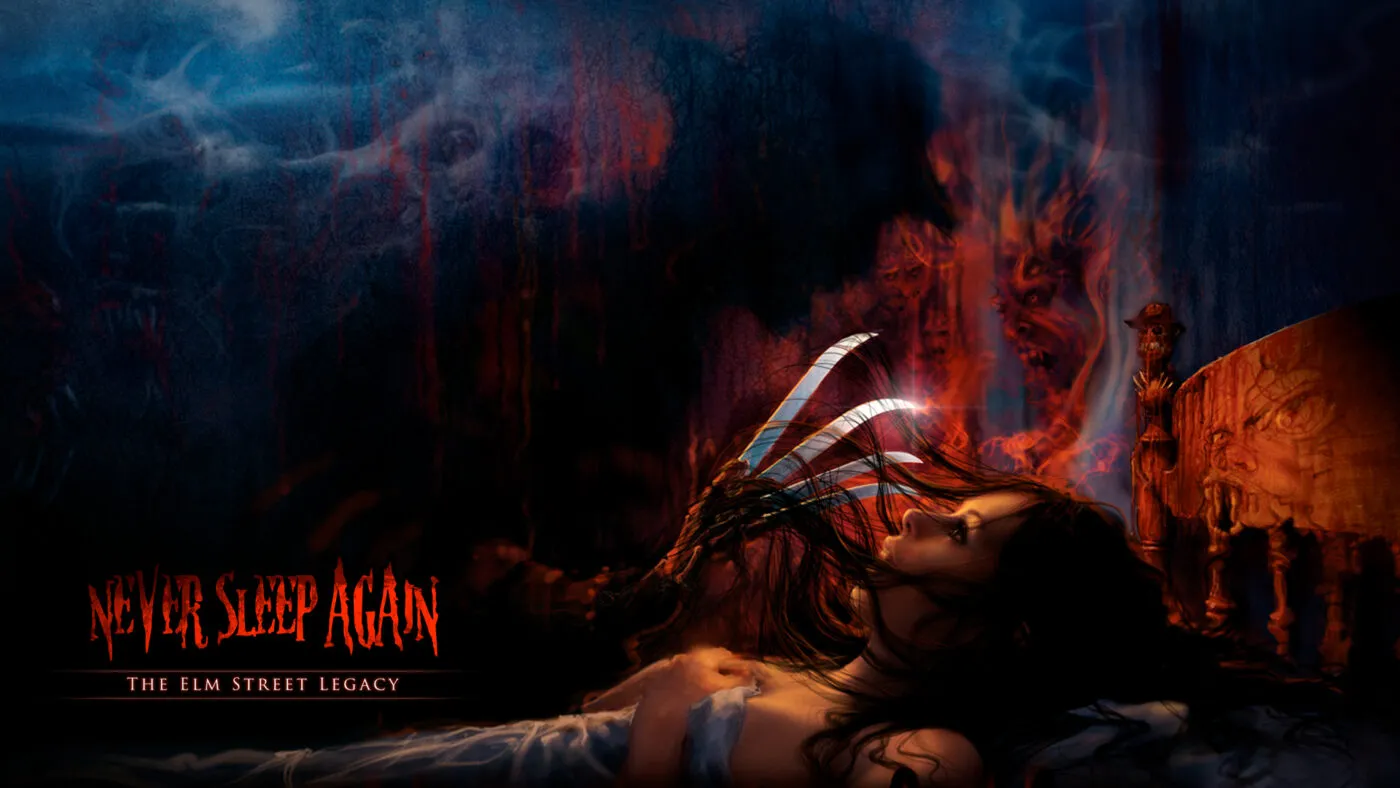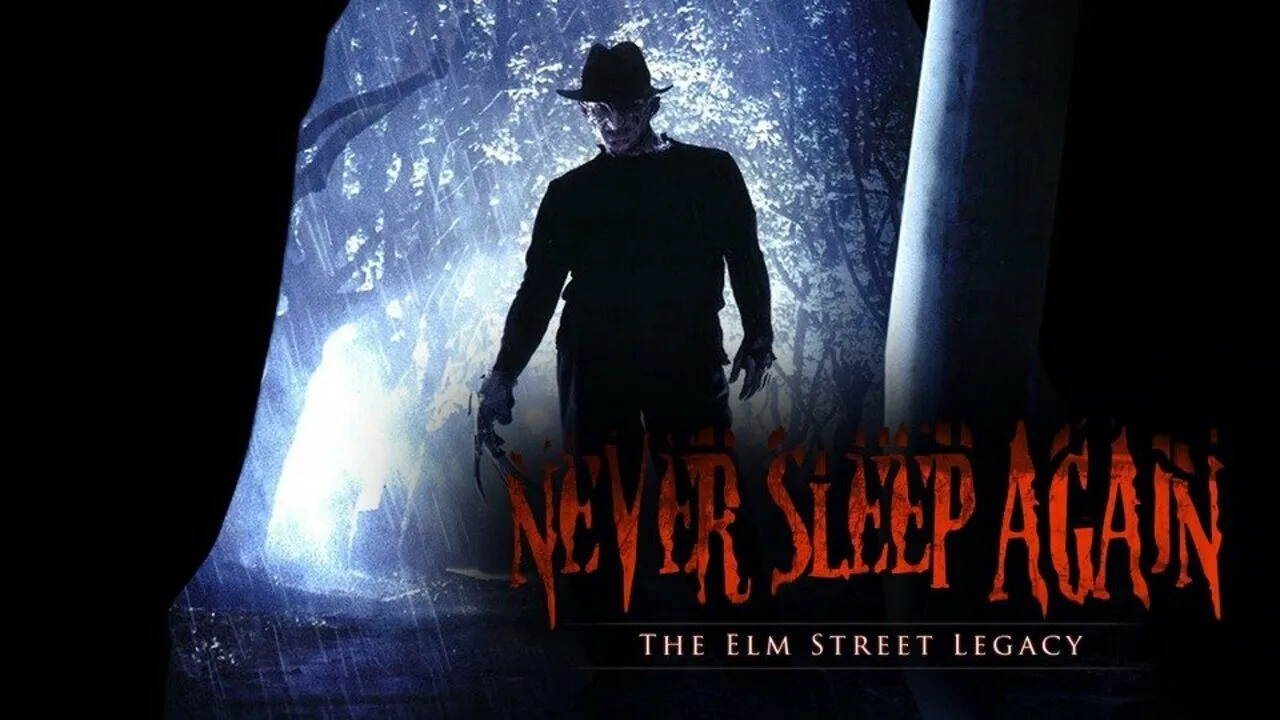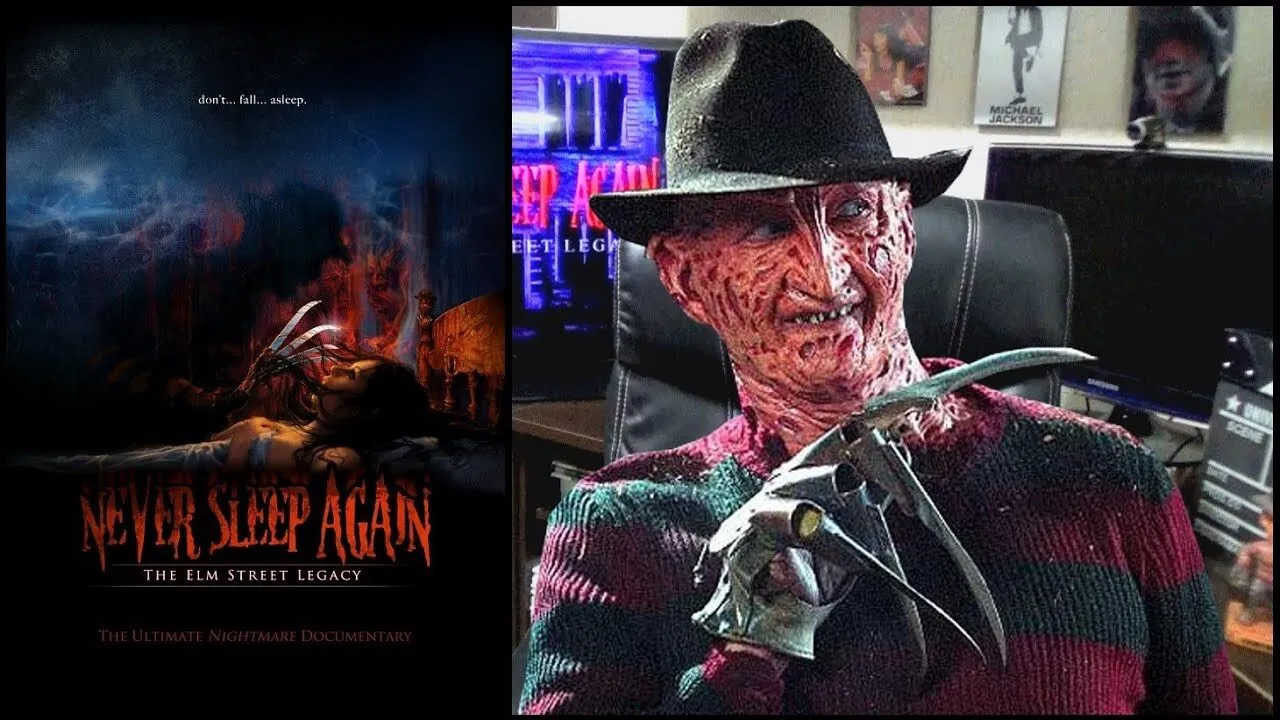Never Sleep Again (2026) plunges you headfirst into an unrelenting nightmare where the lines between reality and delirium blur with every pulse-pounding moment. From the opening sequence—a desolate highway bathed in moonlight, where our protagonist, Elena Cross (Scarlett Johansson), races against time to reach a remote psychiatric facility—you know you’re in for a ride that never lets you catch your breath. Director Marco Reyes orchestrates each frame with surgical precision, building an atmosphere so thick with dread you can almost taste it, while composers Lina Morales and Kenji Tanaka weave a haunting score that lingers long after the credits roll.

Elena Cross is introduced as a sleep researcher haunted by her own unresolved trauma: the disappearance of her twin brother, Ethan, during a groundbreaking experiment gone awry. Johansson delivers her most vulnerable performance yet, her expressive eyes betraying Elena’s desperate need for answers even as the world around her descends into chaos. Opposite her, Jason Statham appears as Dr. Victor Hale, the enigmatic head of the experimental Sleep Continuum Project. Hale’s calm, almost clinical demeanor masks an unsettling obsession with pushing the boundaries of human consciousness, and Statham’s controlled intensity brings a palpable tension to every exchange with Elena.

The heart of Never Sleep Again lies in its ingenious central premise: what if our darkest fears could be manipulated to reveal hidden truths? When Elena volunteers for Hale’s experimental protocol—designed to map and influence dreamscapes—she unlocks a macabre tapestry of shared nightmares, each one more surreal and terrifying than the last. From cavernous labyrinths lit by flickering neon to ghostly echoes of 𝘤𝘩𝘪𝘭𝘥hood memories, the film’s visual design is breathtaking, a hypnotic blend of hyperreal CGI and practical effects that keeps you guessing what’s real and what’s a dream.

As the narrative hurtles toward its shattering climax, Reyes deftly balances high-octane action with moments of profound psychological horror. A mid-film sequence set in an abandoned mansion, where Elena hunts for clues about her brother’s fate, stands out as a masterclass in suspense: every creaking floorboard, every shifting shadow seems to conspire against her, culminating in a jaw-dropping reveal that reframes everything you thought you knew. The chemistry between Johansson and Statham reaches its peak here, their characters’ fraught alliance teetering between mutual respect and simmering distrust.

Never Sleep Again is more than just a thriller; it’s a meditation on memory, loss, and the fragility of the human mind. Its final act leaves you questioning the nature of identity itself, as Elena confronts a truth that could either save her—or destroy what little grip she has on reality. It’s a film that demands multiple viewings, each one peeling back new layers of meaning hidden within its intricate dreamscapes. By the time the haunting final shot fades to black, you’re left breathless, your mind racing with questions that linger long after you leave the theater.